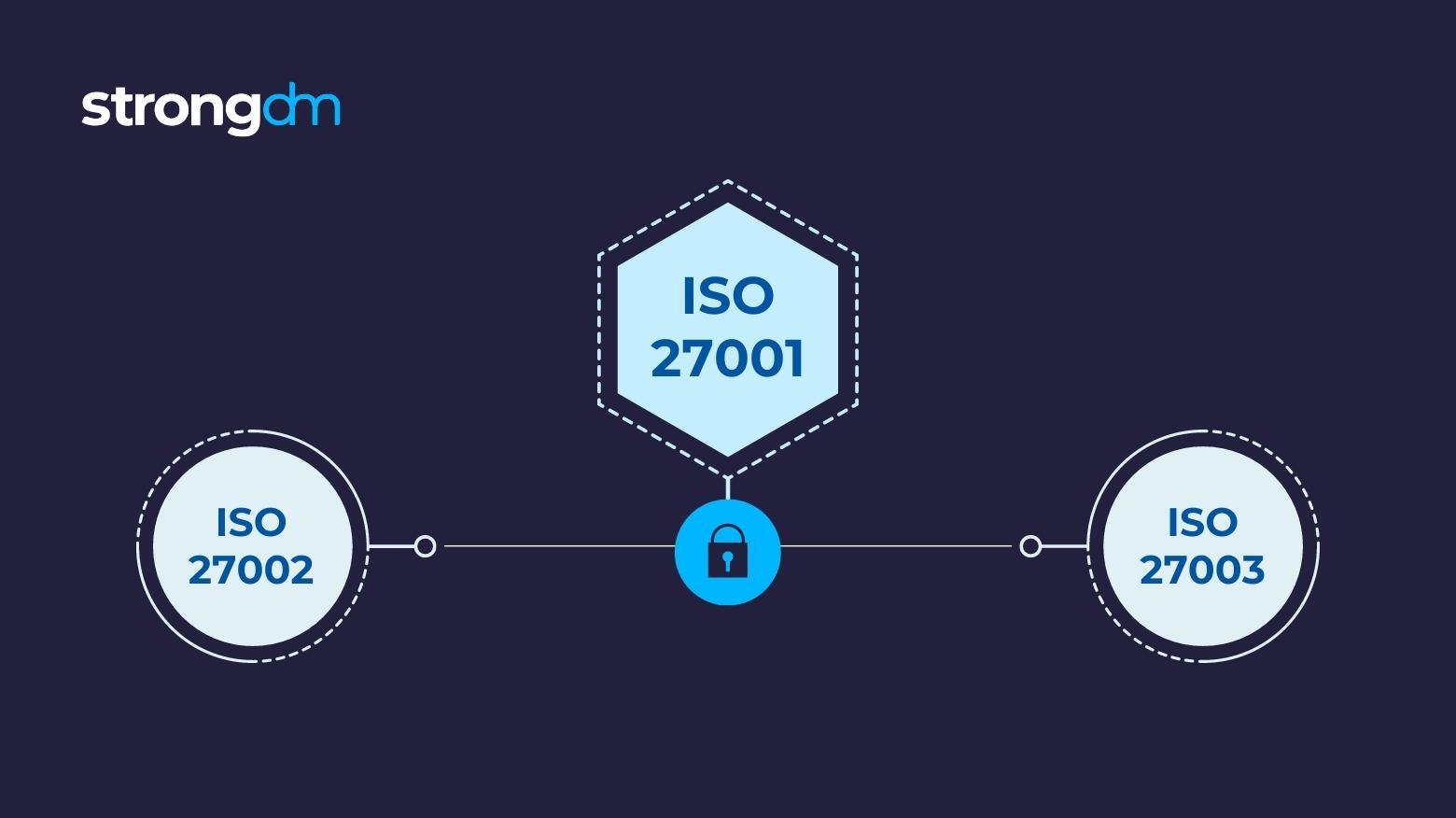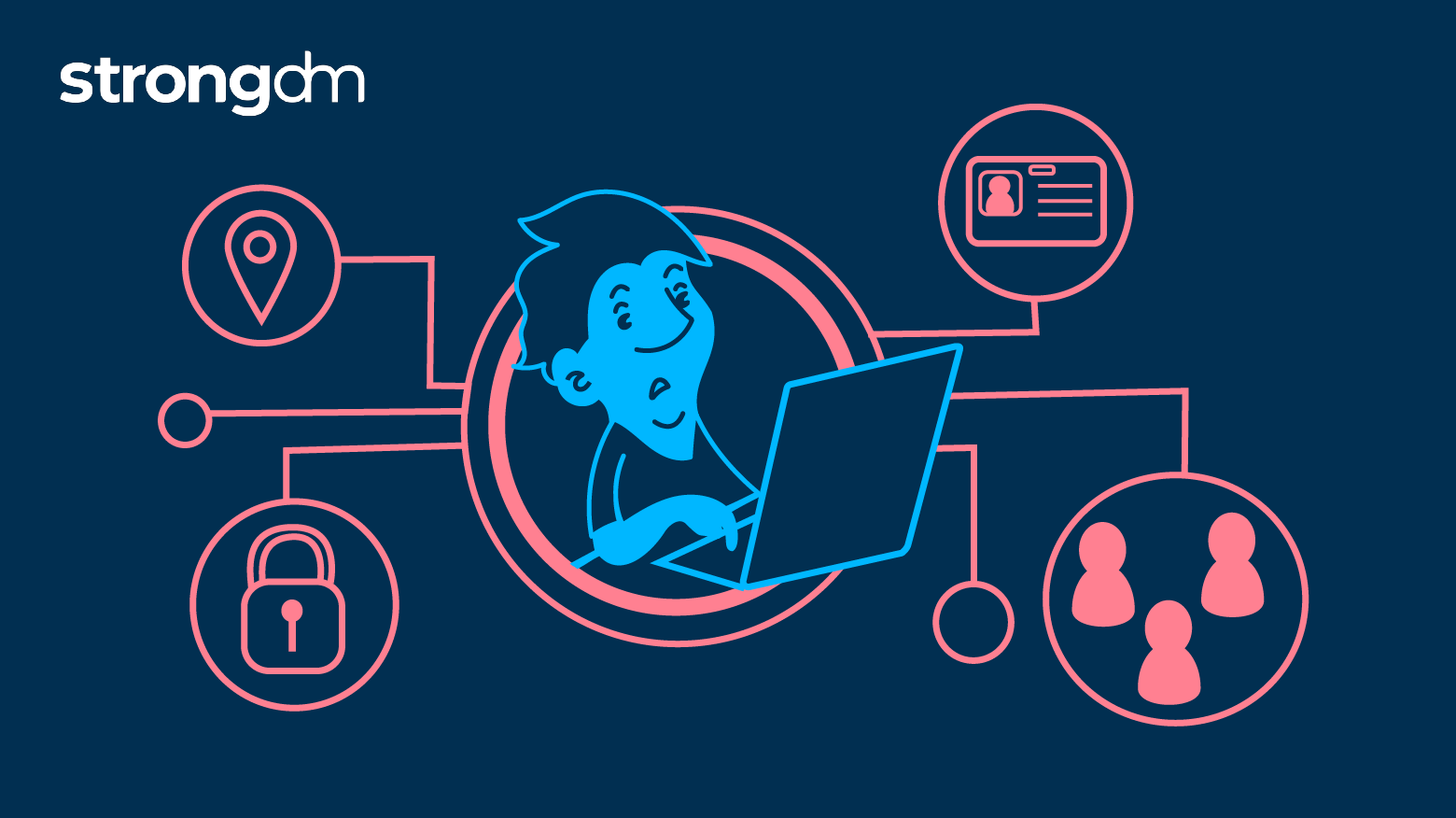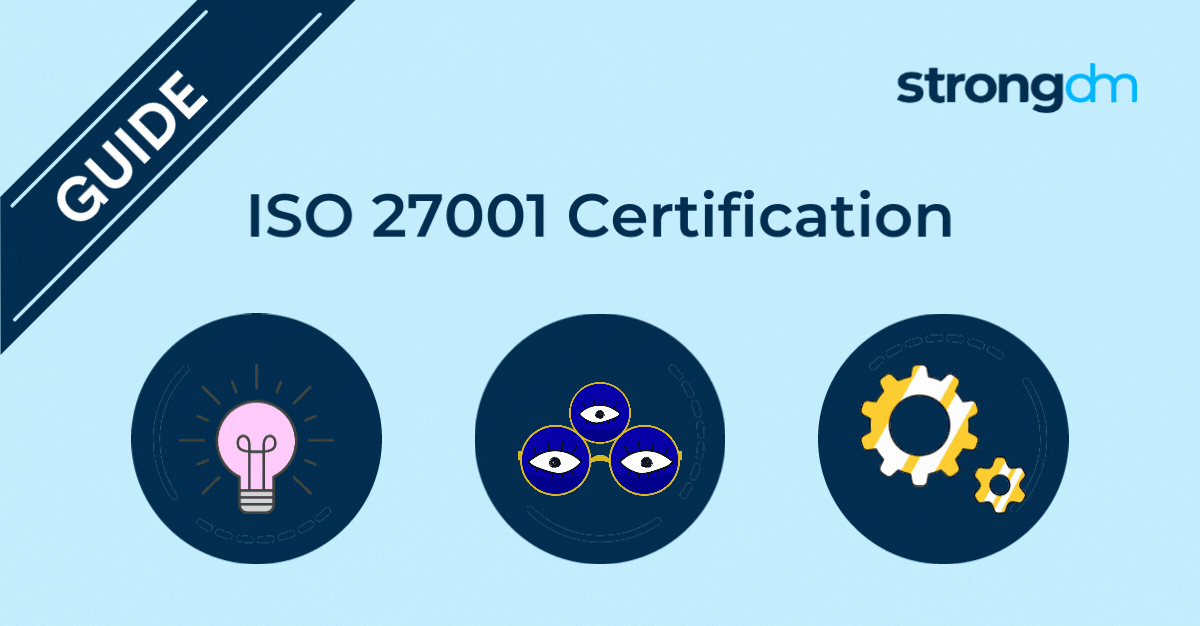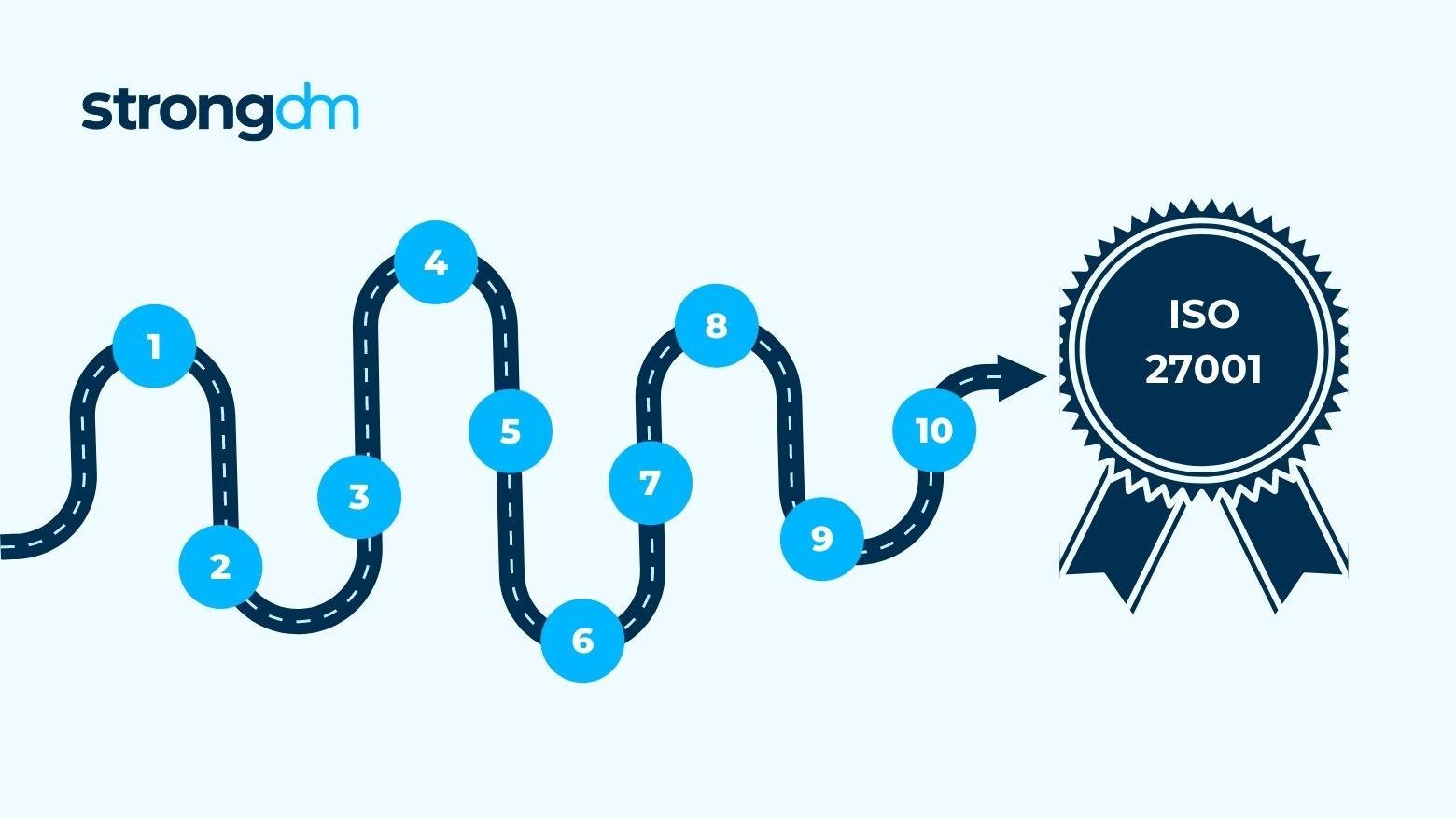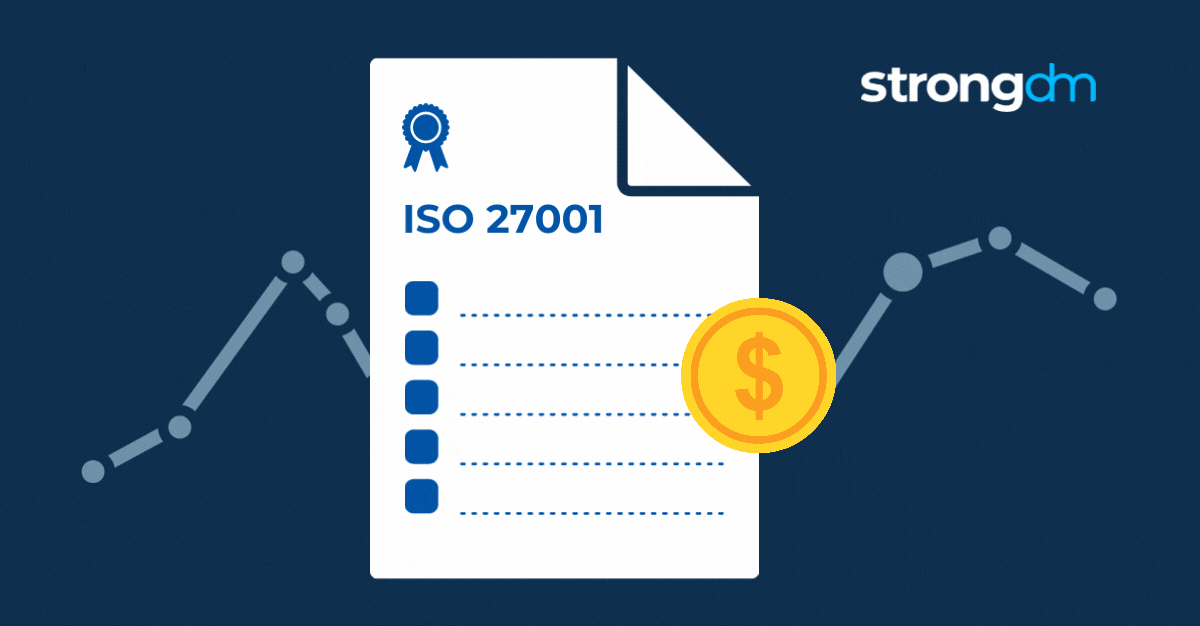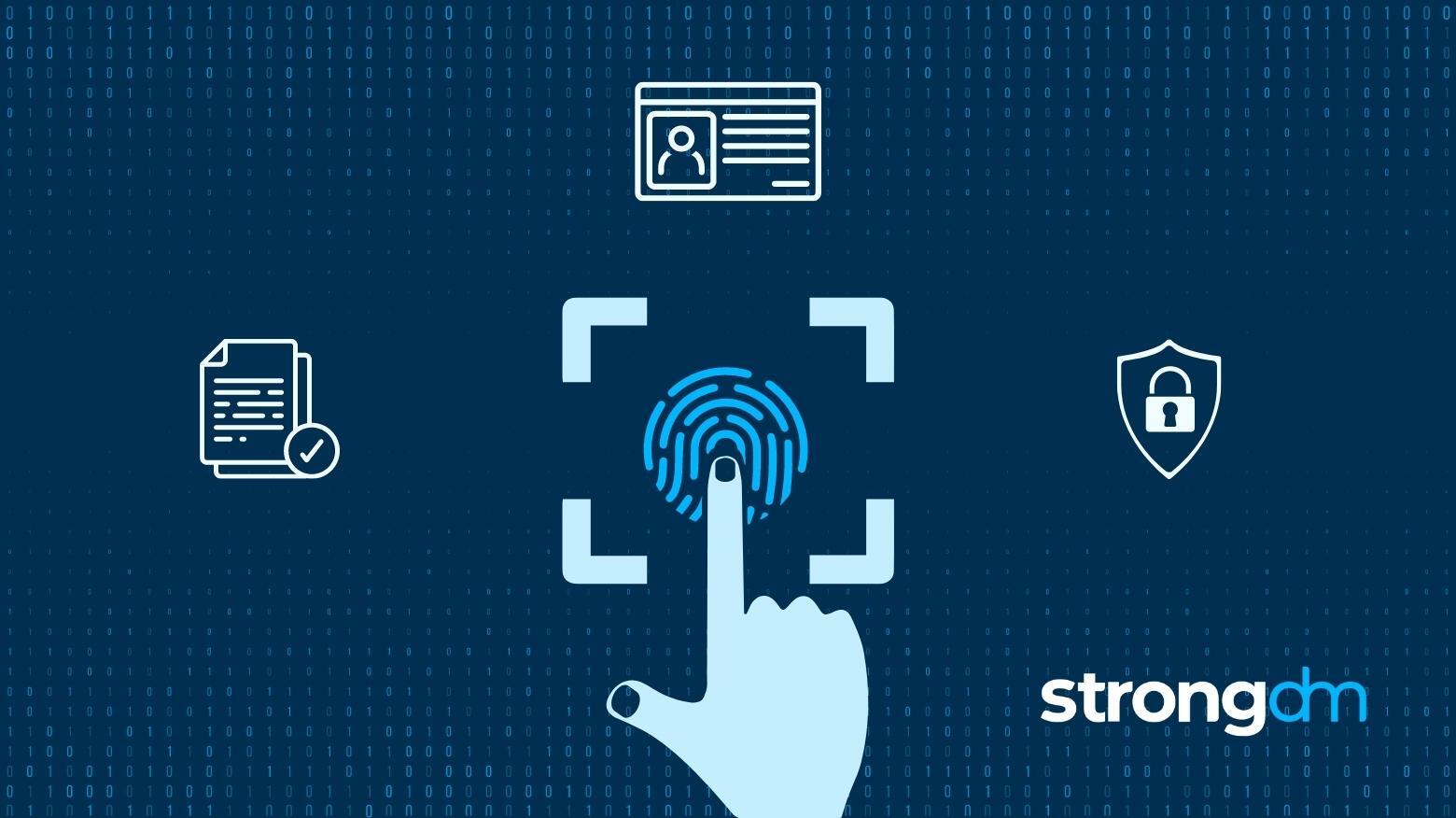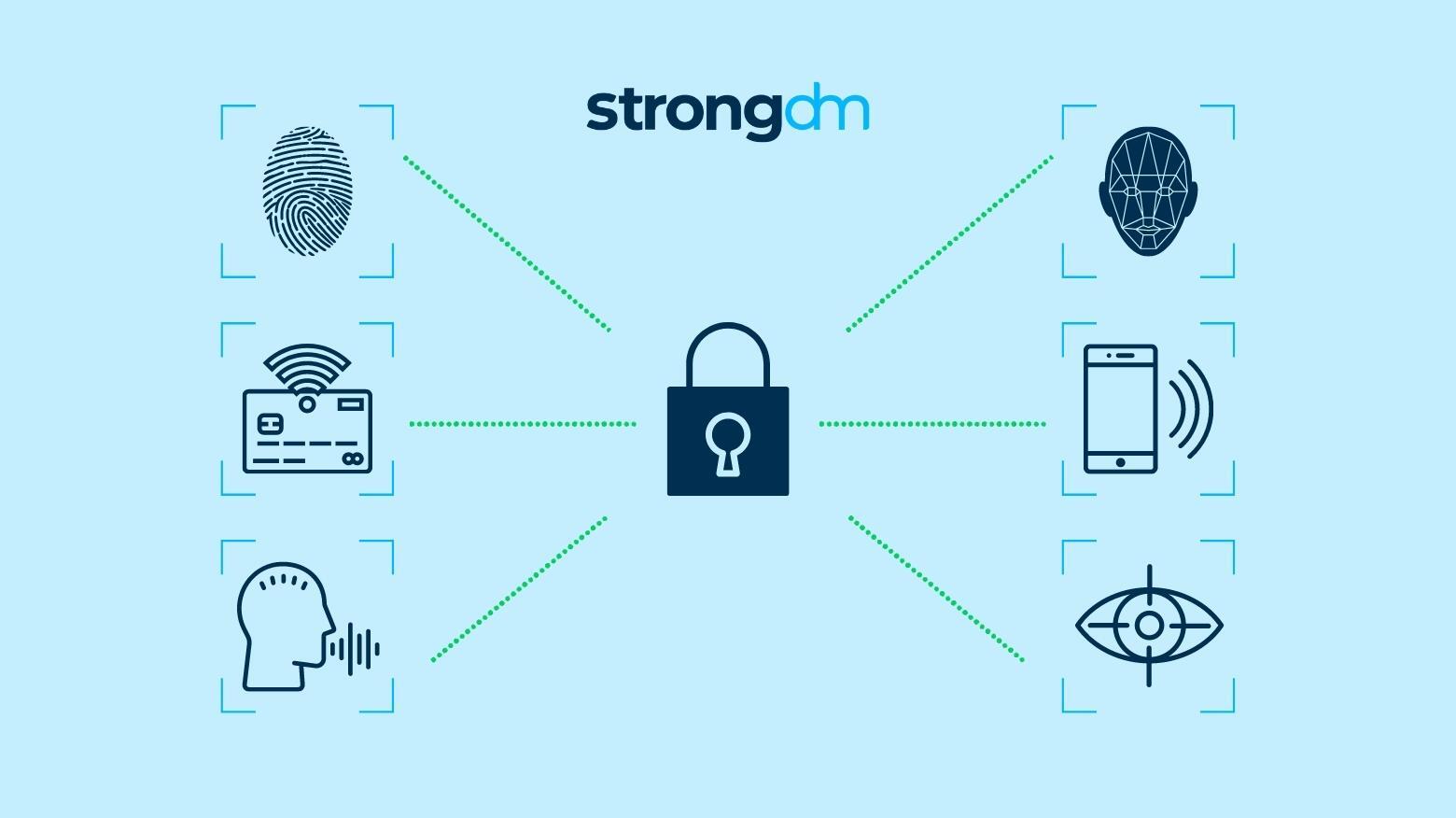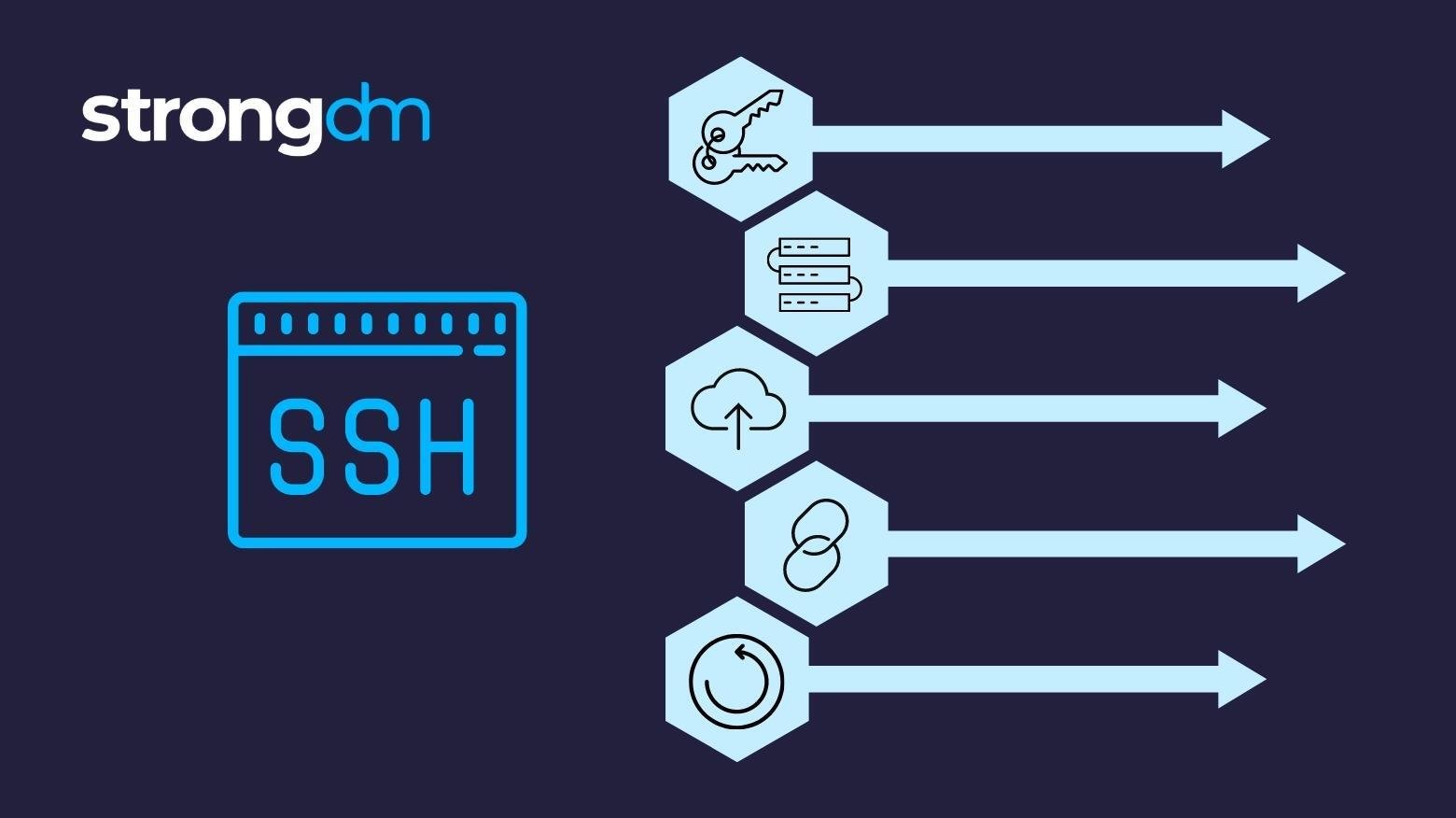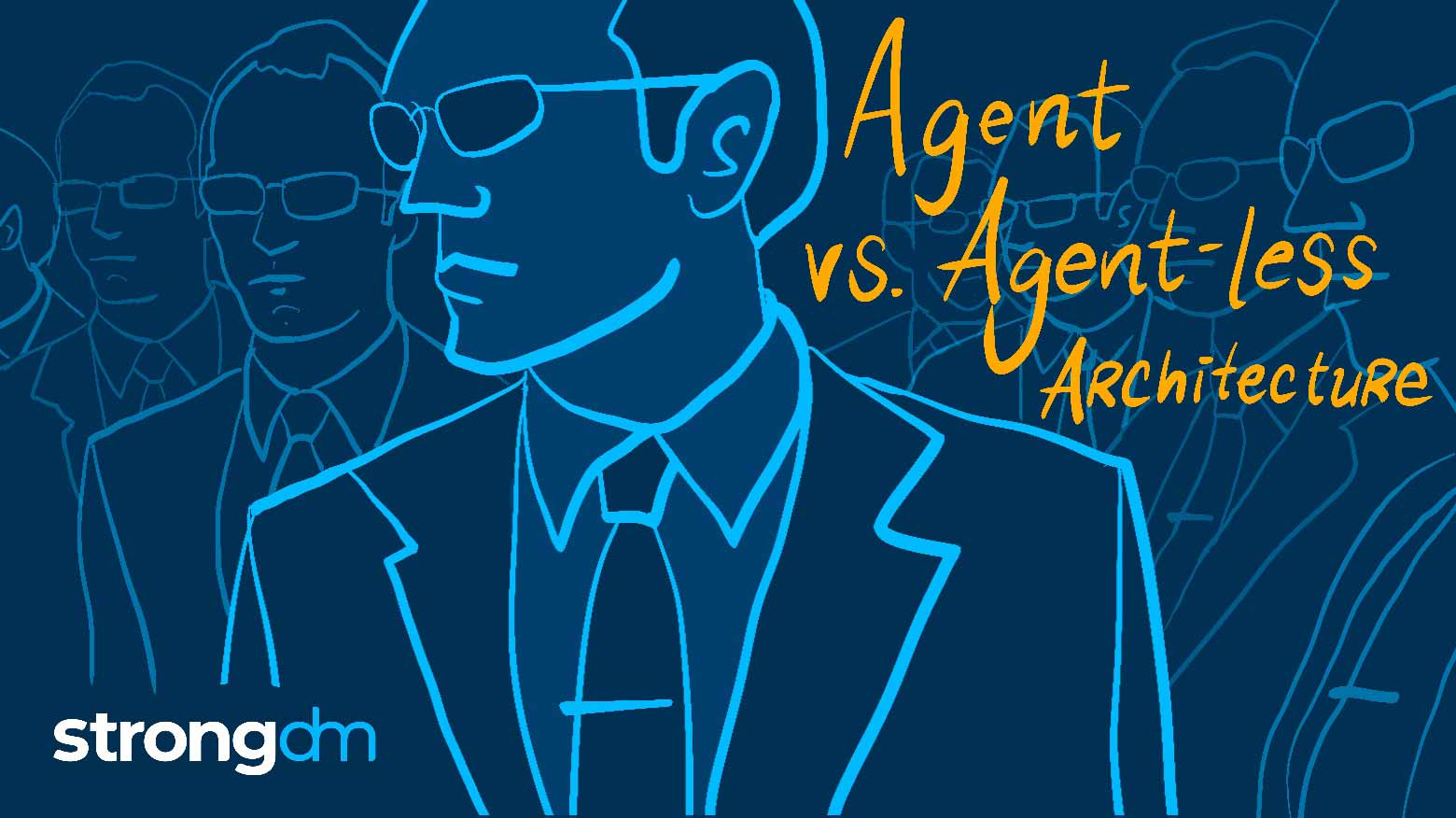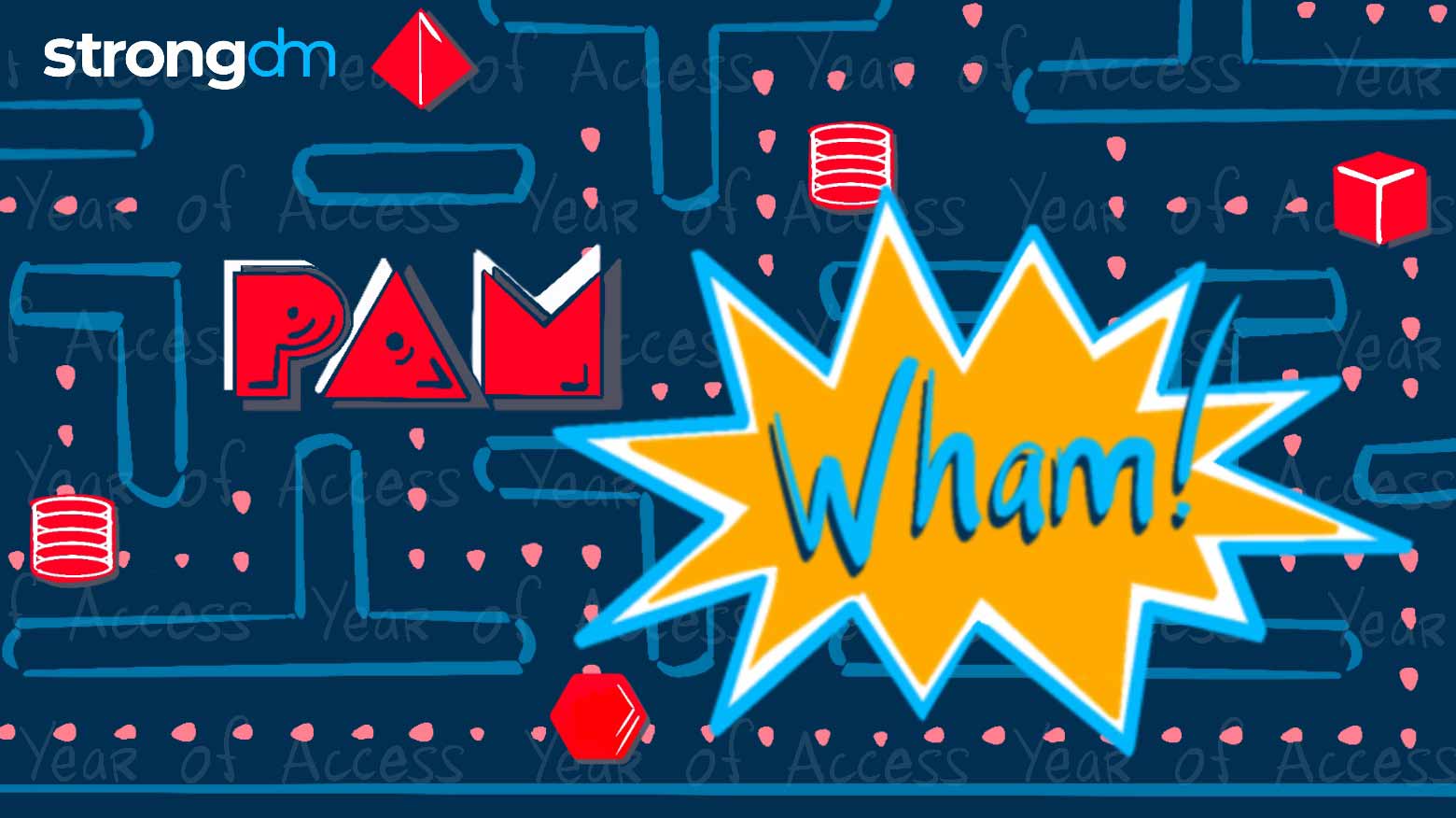Organizations around the world rely on the standards set in the ISO 27000 series for information security management best practices. In this article, we’ll compare the first three standards in the ISO/IEC 27000 family: ISO 27001 vs. 27002 vs. 27003. By the end, you’ll have a better understanding of what each standard covers, how they differ from one another, and when to use them.
